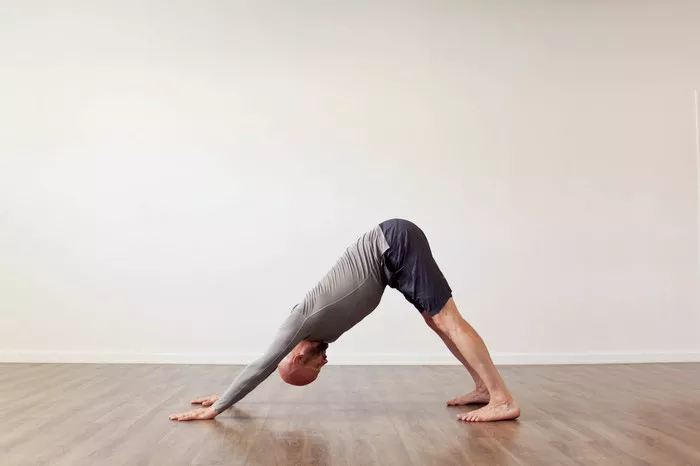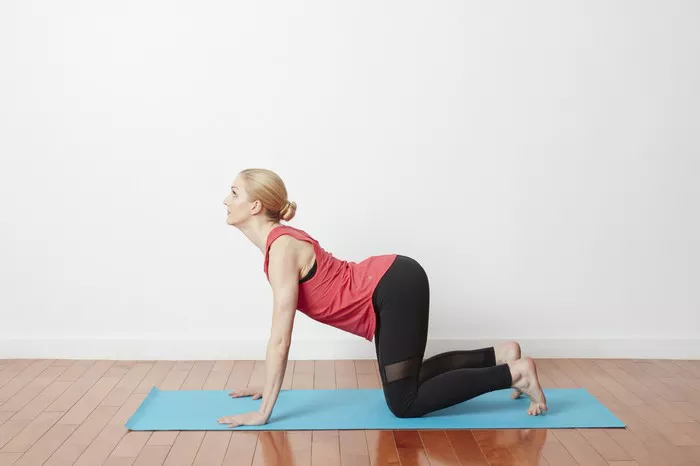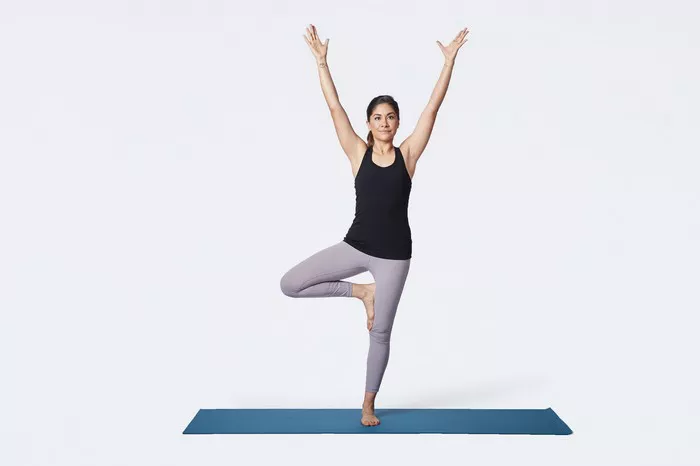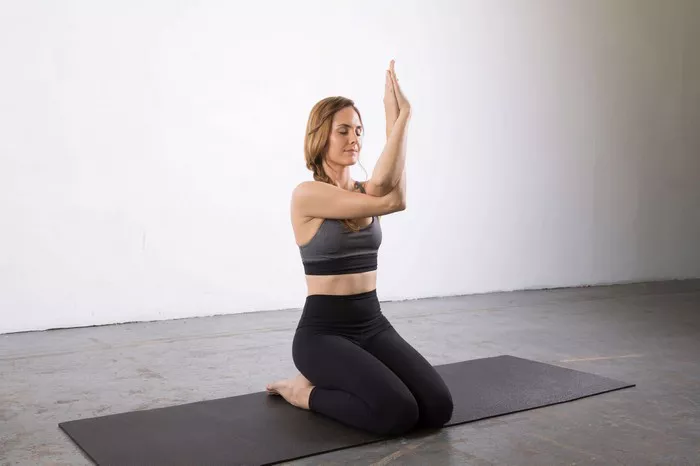Yoga is a practice that has existed for thousands of years, originating in India. It is a holistic system that nurtures the mind, body, and spirit through a combination of postures, breathing techniques, and meditation. Over time, yoga has evolved into a widely practiced discipline, with various styles and techniques suited to different needs. One interesting and unique aspect of yoga is the inclusion of animal poses in many of its practices. From the majestic “Cobra” to the grounding “Downward Dog,” animal poses have become a signature feature in yoga classes and are widely appreciated for their physical and symbolic significance. But why do yoga poses mimic animals? What is their purpose, and how do they benefit the practitioner?
This article will explore the origins, meaning, and benefits of animal-inspired yoga poses, shedding light on why these poses have stood the test of time and remain integral to the practice today.
The Origins of Animal Poses in Yoga
The roots of animal poses in yoga trace back to ancient traditions. Yoga, as a practice, was initially developed by sages and rishis (spiritual practitioners) who sought to achieve a state of mental and physical harmony through deep meditation, breathing exercises, and physical postures. These early practitioners often observed the natural world around them for inspiration. The movements and behaviors of animals served as a model for understanding how humans could align their bodies, enhance their movements, and tap into specific energies that animals displayed.
Ancient texts such as the Hatha Yoga Pradipika and the Yoga Sutras don’t directly reference animal poses, but they do emphasize the importance of developing physical strength, flexibility, and vitality. The concept of animal-inspired poses likely emerged as part of a natural progression in understanding the interconnectedness of all living things and observing how animals maintained health and vitality through their natural movements.
Yoga teachers in ancient times would have recognized the way certain animals exhibited qualities like strength, grace, agility, and grounding. These animals, through their natural movements and physicality, embodied traits that could benefit humans in their own pursuit of well-being. Today, many of these poses have become an integral part of modern yoga practice, where the animal forms are used to enhance physical health, emotional balance, and spiritual awareness.
Common Animal Poses and Their Significance
In yoga, there are many poses named after animals. These poses, though inspired by the way animals move, also carry symbolic and spiritual significance. Below are some of the most well-known animal poses and their meanings:
1. Downward Dog (Adho Mukha Svanasana)
This pose mimics the way a dog stretches its body, particularly when it arches its back and stretches its legs. The pose is not only great for increasing flexibility in the hamstrings and spine, but it also offers a deep stretch to the whole body. The symbolism behind this pose is twofold. First, it represents the dog’s joyful and energetic stretch, reminding practitioners to release tension and enjoy the process of moving their bodies. Second, it embodies the humble, grounded nature of the dog, which is often considered a loyal and faithful companion. In this sense, the pose encourages practitioners to ground themselves in the present moment, stay connected to their own energy, and cultivate trust.
2. Cobra (Bhujangasana)
The Cobra pose is inspired by the way a snake raises its head and opens its hood in a striking position. This pose involves lying on the stomach and lifting the chest and upper body, supported by the arms, while keeping the lower body on the floor. The Cobra pose strengthens the spine and opens the chest, helping to improve posture and alleviate tension. Symbolically, the cobra represents transformation and regeneration, as it sheds its skin to grow anew. It is often associated with the concept of Kundalini energy, which is believed to reside at the base of the spine and can be awakened through practices like yoga and meditation.
3. Cat-Cow (Marjaryasana-Bitilasana)
The Cat-Cow pose is a combination of two movements that are often practiced together in a flowing sequence. In the Cat pose, practitioners round their back and tuck their chin toward the chest, mimicking the way a cat stretches its back. In the Cow pose, the spine is arched as the chest is lifted forward, much like the way a cow stretches its neck. This flow between the two poses gently warms up the spine, improving flexibility and promoting the flow of energy. The Cat-Cow sequence is often used in a warm-up to prepare the body for more intense poses. Symbolically, the cat is associated with intuition, independence, and agility, while the cow represents nourishment, contentment, and groundedness.
4. Child’s Pose (Balasana)
Child’s Pose is a resting position that involves kneeling on the floor and lowering the forehead to the ground, with the arms extended forward or by the sides. The pose is deeply calming and restorative, providing a gentle stretch for the back, hips, and legs. While not directly mimicking an animal, it symbolizes the safety and trust that children (and animals) experience when they rest in a protective, secure position. The symbolism here is related to surrender, rest, and returning to a state of innocence and calmness. It is often used as a counter-pose to more challenging postures and can help practitioners reconnect with their inner peace.
5. Frog Pose (Bhekasana)
In Frog Pose, the practitioner squats low to the ground with the knees wide apart and the feet pointing outward. The hands are placed on the floor for support, and the chest is lifted as the hips push forward. The Frog pose stretches the hips, groin, and legs while also opening the chest. Symbolically, frogs are associated with transformation, adaptability, and rebirth. The frog’s ability to live both in water and on land represents balance between opposing forces. The pose helps practitioners ground themselves and tap into their natural ability to adapt to changing circumstances.
6. Pigeon Pose (Eka Pada Rajakapotasana)
Pigeon Pose is a deep hip opener that involves one leg extended behind the body while the other leg is bent in front of the body with the foot near the pelvis. This pose is often used to release tightness in the hips, which can hold emotional tension. The pigeon, with its graceful and serene nature, symbolizes peace, harmony, and connection. In many spiritual traditions, the pigeon is seen as a messenger, and in the context of yoga, it can represent the idea of openness, surrender, and the release of inner conflict.
7. Butterfly Pose (Baddha Konasana)
In Butterfly Pose, the practitioner sits with the soles of the feet together and the knees bent outward, gently flapping the knees like a butterfly’s wings. This pose stretches the inner thighs and groin while also calming the nervous system. Butterflies are symbols of transformation and metamorphosis. In yoga, the butterfly symbolizes the process of personal growth, the shedding of old patterns, and the emergence of a new self. The pose encourages gentle movement and a connection to the process of inner change.
The Benefits of Animal Poses
Incorporating animal-inspired poses into a yoga practice offers a range of physical, mental, and emotional benefits. These poses are designed to enhance flexibility, strength, and balance while also promoting a deeper sense of connection to the body and the environment. Below are some of the key benefits of practicing animal poses:
1. Physical Flexibility and Strength
Animal poses, such as Cobra and Downward Dog, work on various muscle groups, improving flexibility and strength. These poses stretch and lengthen the muscles, helping to release tension that may build up in the body due to stress or poor posture. For example, the Downward Dog pose provides a great stretch for the hamstrings, calves, and shoulders, while the Cobra pose opens up the chest and strengthens the back.
2. Improved Balance and Coordination
Many animal poses require balance and coordination, which helps enhance stability and control in the body. For instance, the Cat-Cow pose requires smooth transitions between arching and rounding the spine, helping practitioners improve spinal mobility. The Butterfly pose can improve balance by encouraging deep breathing and focused attention, fostering a sense of ease while engaging the body in coordinated movements.
3. Mental and Emotional Health
Animal poses encourage mindfulness and a connection to the present moment. The meditative qualities of poses like Child’s Pose and Frog Pose provide a space for emotional release and relaxation. By emulating animals, practitioners tap into the natural instincts and behaviors that animals exhibit in response to their environment, helping to cultivate a sense of groundedness, safety, and contentment.
4. Symbolism and Spiritual Connection
Yoga is not just a physical practice; it is also a spiritual practice. The symbolism behind animal poses is significant in many spiritual traditions. Animals, with their various qualities, offer lessons about life, transformation, and the interconnectedness of all beings. The act of embodying these animals through specific poses allows practitioners to connect to these deeper teachings, bringing a sense of peace, inspiration, and balance to their practice.
Conclusion
Yoga poses inspired by animals are much more than just physical movements; they are symbolic expressions of strength, grace, balance, and transformation. The connection between humans and animals in yoga serves to deepen our understanding of ourselves and the natural world. Whether we are practicing Downward Dog, Cobra, or Child’s Pose, these animal-inspired postures invite us to embody the energy, qualities, and wisdom of the creatures they represent.
Through these poses, we not only enhance our physical health but also nourish our emotional and spiritual well-being. Animal poses are a reminder that yoga is a practice of harmony, a dance with nature, and a celebration of the natural world’s beauty and power. By embracing the essence of these animals, we connect to something much larger than ourselves, finding deeper peace, balance, and awareness within our practice.
Related topics


























